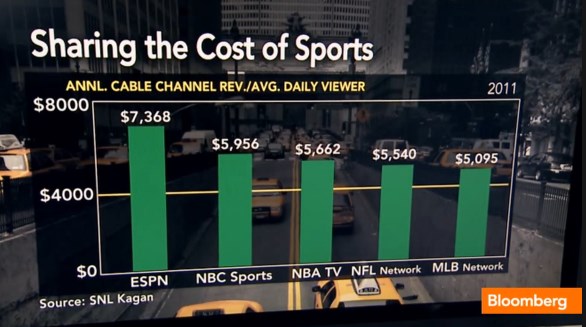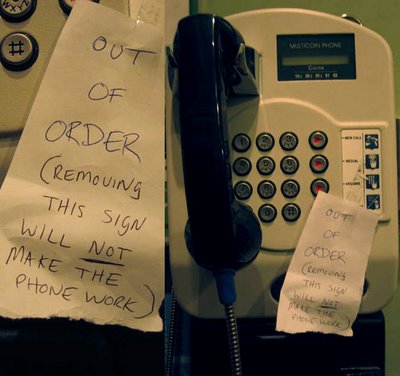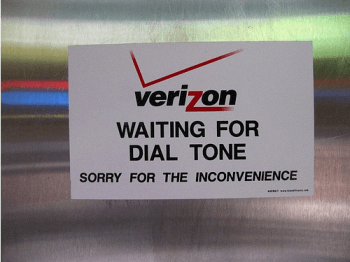 At least 95 percent of Vermont residents will have access to broadband by the end of today, because of a combination of private investment, public funding, and innovative service solutions for some of the state’s most rural areas.
At least 95 percent of Vermont residents will have access to broadband by the end of today, because of a combination of private investment, public funding, and innovative service solutions for some of the state’s most rural areas.
State officials say 2012 was an important year for broadband availability in Vermont, as dominant phone company FairPoint Communications made inroads in expanding its DSL service in areas that never had access before.
In 2011, Governor Shumlin set an ambitious goal to see 100 percent of Vermont covered by broadband by the end of 2013, and the state appears on track to achieve that target in the coming year.
[flv width=”640″ height=”380″]http://www.phillipdampier.com/video/Ask The Governor Broadband 2-3-11.flv[/flv]
Gov. Shumlin answered questions from state residents regarding his plan to see 100% broadband coverage in Vermont by the end of 2013. (Feb. 3 2011) (3 minutes)
Vermont’s small size would seem to make it an easy target for total broadband coverage, but significant rural areas have made it unprofitable for commercial phone and cable companies to make inroads.
Comcast, the state’s largest cable operator, has not grown much geographically over the past five years. FairPoint, which took control of much of the state’s landline network from Verizon in 2008, has been compelled to achieve broadband expansion as part of an agreement that approved the sale.
![]() Karen Marshall, who heads a state effort to expand both cell phone and broadband access in Vermont says the remaining areas without coverage will be a difficult challenge, but one that can be achieved with the help of private and public investment.
Karen Marshall, who heads a state effort to expand both cell phone and broadband access in Vermont says the remaining areas without coverage will be a difficult challenge, but one that can be achieved with the help of private and public investment.
“The last 5 percent are the needle in the haystack,” Marshall told Vermont Public Radio. “They are the most far-flung, probably the most expensive and sometimes even the most physically challenging to get to.”
Wireless is often the most cost-effective solution, both for broadband and cell expansion, and Marshall suggested Vermont would use microcell technology along Vermont’s rural roadways.
“I think we will be one of the first places in the country that is deploying microcell technology for example, on the top of telephone poles or utility poles, kind of like a daisy chain,” Marshall said.
The rural Vermont Telephone Company won a $5 million state grant to cover Vermont’s southernmost counties with a combination of wireless phone and broadband service.
While areas of rural Vermont will likely have broadband access for the first time, improvements have also been available to those who already have the service.
Marshall estimated the average broadband speed in the state has increased from 5.5 to 9.7Mbps, which is above the national average.
Vermont Public Radio surveys how the state is doing meeting Gov. Shumlin’s goal to see broadband service available to every Vermonter. (December 28, 2012) (2 minutes)
You must remain on this page to hear the clip, or you can download the clip and listen later.


 Subscribe
Subscribe




